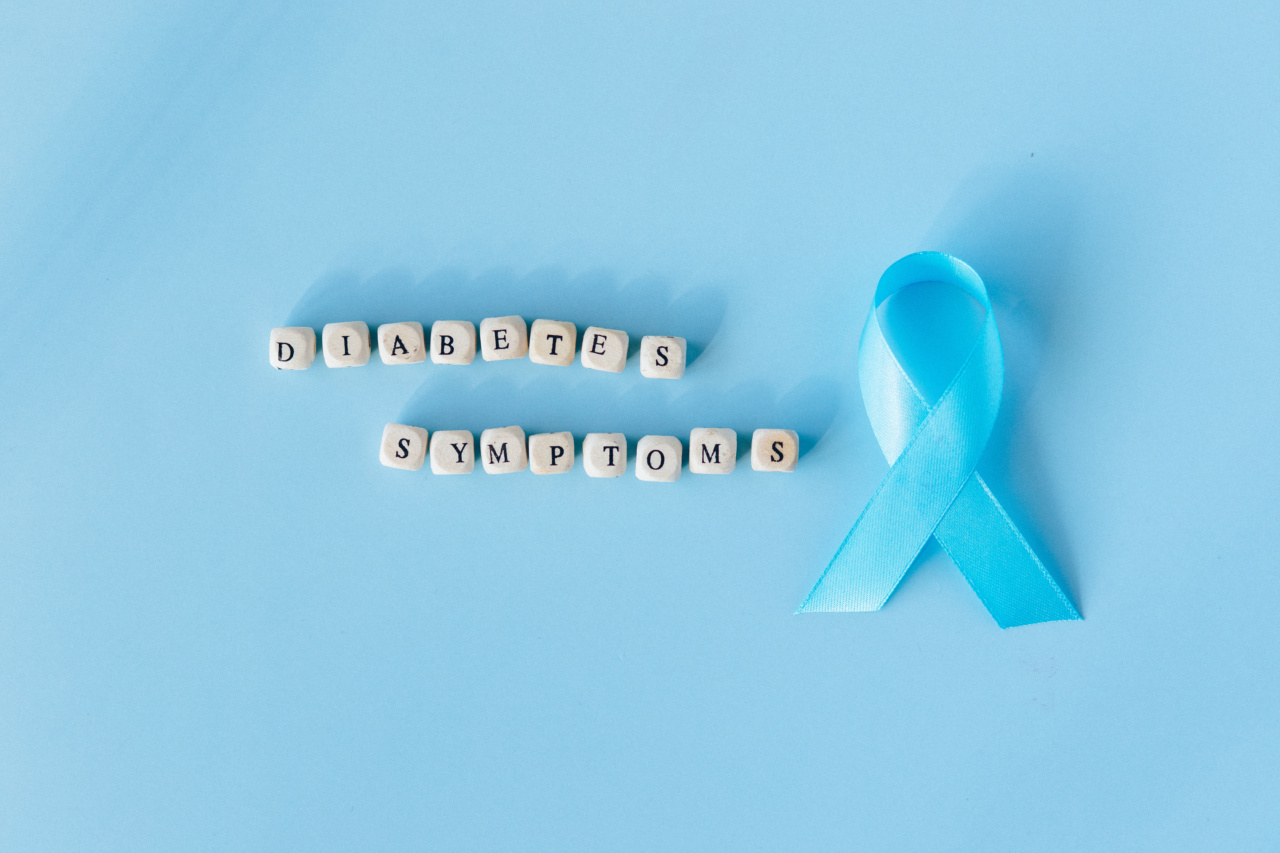Food allergies can affect people of all ages and can lead to various symptoms and discomfort. It is crucial to identify these symptoms early on to avoid potential health complications.
In this guide, we will discuss the different types of food allergies, their symptoms, and how to effectively manage them. Illustrations will be provided to help you understand and recognize these symptoms easily.
What is a Food Allergy?
A food allergy occurs when the body’s immune system overreacts to a particular food protein.
When a person with a food allergy consumes the triggering food, their immune system releases chemicals such as histamines to fight off the perceived threat. These chemicals are responsible for causing the symptoms associated with food allergies.
Common Food Allergens
While any food can theoretically cause an allergic reaction, there are specific foods that are more commonly associated with food allergies. The most common food allergens include:.
- Eggs
- Milk
- Wheat
- Soy
- Peanuts
- Tree nuts (such as almonds, cashews, and walnuts)
- Fish
- Shellfish
Now, let’s explore the typical symptoms of food allergies and how they may manifest in different parts of the body.
Skin Symptoms
Food allergies can often lead to various skin reactions. These reactions may include:.
- Hives (red, raised, and itchy bumps on the skin)
- Swelling of the lips, face, or other body parts
- Eczema (itchy, red, and inflamed skin)
- Itchy rash
Illustration 1: Image showcasing hives on the skin.
It is important to note that skin symptoms alone may not always indicate a food allergy, as they can be caused by other factors as well.
Nevertheless, if these symptoms occur shortly after consuming a particular food, it is advisable to consult with a healthcare professional to explore the possibility of a food allergy.
Respiratory Symptoms
Food allergies can affect the respiratory system and cause symptoms such as:.
- Runny or stuffy nose
- Sneezing
- Coughing
- Wheezing
- Shortness of breath
- Difficulty swallowing
Illustration 2: Image illustrating a person experiencing difficulty breathing.
These symptoms can range from mild to severe and may be accompanied by other allergic symptoms.
If you experience any respiratory symptoms after consuming a certain food, it is essential to seek medical attention immediately, as they can be indicative of a serious allergic reaction known as anaphylaxis.
Gastrointestinal Symptoms
Food allergies can also affect the gastrointestinal tract, leading to symptoms such as:.
- Nausea or vomiting
- Stomach pain or cramps
- Diarrhea
Illustration 3: Image representing a person experiencing stomach pain.
These symptoms may occur shortly after eating the triggering food and can range from mild to severe. In some cases, they may be accompanied by other allergic symptoms.
It is important to note that these symptoms can also be caused by other conditions, so it is crucial to consult with a healthcare professional for an accurate diagnosis.
Cardiovascular Symptoms
In rare cases, food allergies can trigger cardiovascular symptoms. These symptoms may include:.
- Low blood pressure
- Rapid or weak pulse
- Fainting or dizziness
Illustration 4: Image depicting heart symbolizing cardiovascular symptoms.
These symptoms are usually associated with severe allergic reactions, including anaphylaxis. If you or someone around you experiences these symptoms after consuming a particular food, immediate medical attention is necessary.
Management and Treatment
If you suspect that you or someone you know has a food allergy, it is crucial to seek proper medical diagnosis and guidance. An allergist can conduct tests to identify specific food allergies and develop an appropriate management plan.
The most effective way to manage food allergies is to avoid consuming the triggering food entirely.
Reading food labels carefully, informing restaurant staff about your allergies, and carrying emergency medication (such as an epinephrine auto-injector) are essential steps in preventing allergic reactions.
Illustration 5: Image showing a person reading food labels.
In addition, it is advisable to keep a record of any allergic reactions you experience and share this information with your healthcare provider. This will aid in proper diagnosis, treatment, and ongoing care.
Conclusion
Identifying food allergy symptoms is crucial for the well-being of individuals with food allergies.
Being aware of common allergens, understanding how these allergies manifest in various parts of the body, and seeking timely medical attention are essential steps in managing food allergies effectively.
Remember, if you suspect a food allergy, consult with a healthcare professional for proper diagnosis and guidance. With the right precautions and management strategies, individuals with food allergies can lead healthy and fulfilling lives.






























